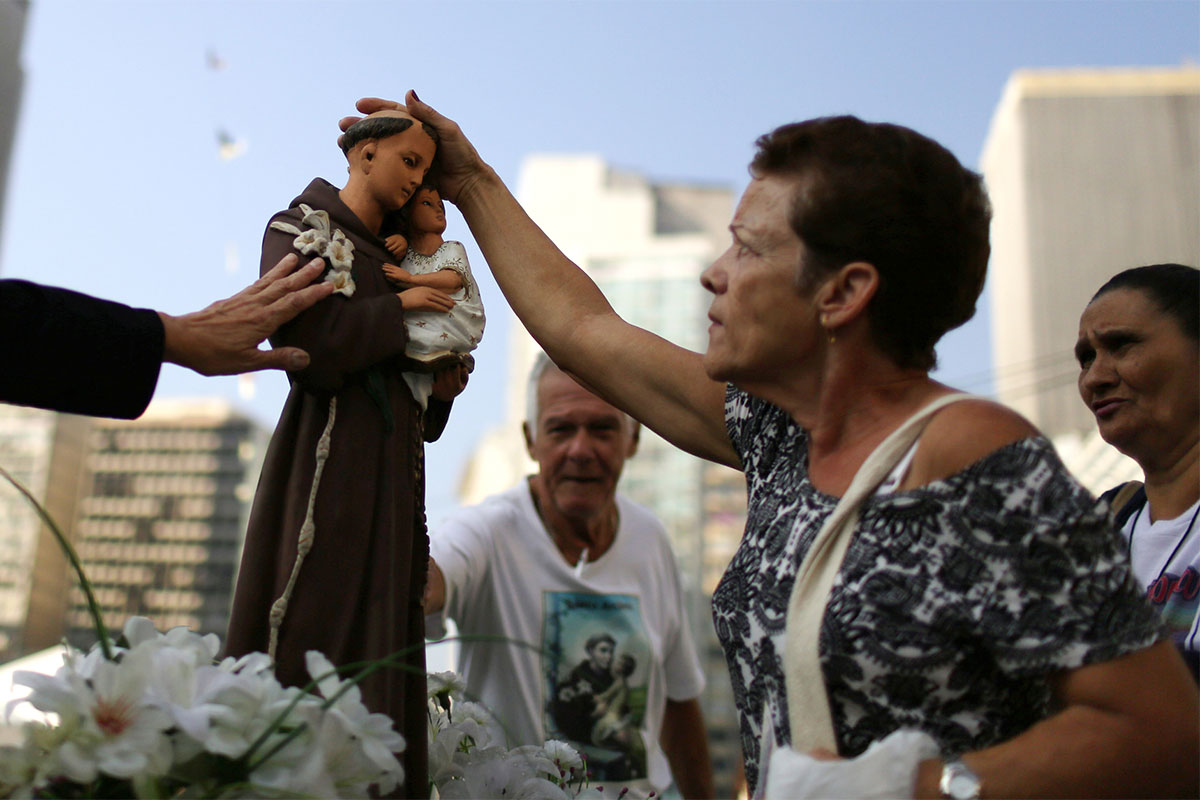A radio listener calls with a question she’s been asked by a friend: “My friend [who is] Presbyterian — and even my husband, [though he is] Catholic — always asks me, ‘Why do we have all of those statues in the Church? The Bible says you should not believe in idols and things like that.”
She tells Father Dave what she told her friend and hopes she is correct: “I told them, ‘Well, we have statues just like representations, just like a picture to remind you of how Jesus might look. … It’s not for you to adore [the statues themselves], but just as a reminder.”
LISTEN: How Do We Make Ordinary Time Less Ordinary?
Father Dave affirms that the answer she gave is right: “You’re giving the right answer. Because when people quote the [Old Testament scriptures], when the Lord commands — it’s one of the Ten Commandments — that we should not have graven images that we worship as idols. That’s about worship, that’s about having other gods. People at that time would have appreciated and understood that because it was actually something very new to only have one god. The people that lived back in Old Testament days, 6,000-8,000 years ago, were used to worshipping different gods all over the place! So, this was something new that God had to command, ‘You shall have no other gods but me.’ So, you make the correct point that if we were worshipping all of those statues in Catholic churches as if they were different gods, then we would be violating that command of our Lord.”
Next, Father Dave goes into some of the purposes statues serve, “Nowhere does Jesus — or God or the Ten Commandments — forbid [us from having pictures and statues] to remind us of who people are and what people look like. … Also, for centuries and centuries in the Church, people were illiterate and couldn’t read in any language. So, one of the reasons for stained glass windows or statues of saints is for people to be able to learn about these things before anybody could read. Final answer that I’ll give is that for the first 1,500 years of Christianity, nobody had any problem with statues or paintings. This is another thing that comes to us from the Protestant Reformation. … We would say [theirs is an] incorrect interpretation of the First Commandment.” (Original Air 08-10-17)
Photo credit: People pray in front of a statue of St. Anthony at a convent in Rio de Janeiro on the feast of St. Anthony of Padua June 13. (CNS photo/Pilar Olivares, Reuters)
